baby prefers one breast
 My Baby Prefers One Breast Over The Other The Breastfeeding Companion
My Baby Prefers One Breast Over The Other The Breastfeeding CompanionOne-sided breastfeeding in each feeding Reasons, concerns and tips for successDonna Murray, RN, BSN has a Bachelor of Sciences in Nursing at the University of Rutgers and is a current member of Sigma Theta Tau, the Society of Honor in Nursing. Meredith Shur, MD, FACOG, is certified in obstetrics and gynaecology, as well as a certified examination doctor. There are different ways you can. You can change the sides and the nurse in both breasts to each feeding or breastfeed on one side. It's you (and your baby's preference). Breastfeeding on one side is often not a matter of concern, especially if it has an established milk supply. Reasons for breastfeeding only one side There are some situations when you may want (or have to) a nurse on one side. Here are some reasons why you can breastfeed from a single breast. Breastfeeding tips on only one side Choosing to breastfeed from one side to each feeding has its advantages. It can be useful in certain situations and some people only find it more convenient. Having said this, there are some things to take into account if you are choosing this nursing method. Your initial Breast If you can breastfeed both breasts, alternate the breast with which you start each feeding. For example, if your first feeding of the day is in the right chest, the second feeding should start to the left. This will allow both breasts. If you do not alternate breasts, you will eventually stop making breast milk next to you that you are not using. Let your baby feed as much as you want When you breastfeed from one side to each feeding, leave your baby nurse for as long as they want in that breast. You want to be sure they're getting as much breast milk as possible from that side. Longer feedings allow your baby to reach the highest creamy fat milk at the end of the feeding. help fill your child and keep them satisfied longer between feedings. Letting your baby breastfeed more time also helps empty your chest more completely and signal your body to make more breast milk. Preventing breast-feeding One of the disadvantages to breastfeed on one side in each feeding is that the breast in which your child is not breastfeeding can become overwhelmed and painfully fattened. You are more likely to experience this type during the first few weeks when your milk supply fits your baby's needs. Others such as mastitis can also occur as the breast becomes excessive. If you experience breast engorgement on one side while breastfeeding on the other, you can relieve pressure and discomfort. or one to remove some breast milk full until it is time to breastfeed on that side. Degogement will improve over time. As you continue to breastfeed on one side to each feeding, your body will get used to it. Addressing unequal disease If you're just breastfeeding from one side to each feeding, it makes sense that your breasts look uneven. The breast that got sick from the last one will be smaller, and the other breast will be bigger as it is filled with breast milk for the next food. Uneven breasts often do not cause problems. Inequality can even be useful because it makes it easier. However, if the thought of the torn breasts is annoying, you can nurse in both breasts in each feeding to try to keep your breasts more balanced. Keep the bomb If you are breastfeeding because the other breast needs to heal or rest, you should continue to pump or express your breast milk on that side to keep you doing breast milk. The supply of breast milk will drop in that breast if not stimulated regularly. When to Call the Doctor You can breastfeed on one side for each feeding because your child simply refuses to take the other side. It is possible to make a full and healthy supply of breast milk with only one breast, it is usually well breastfeeding only one breast, and it can usually continue to use the same breast for each feeding. However, certain health conditions can change the . If your baby does not breastfeed on one side, it could actually be a sign of a health problem (such as a breast infection or even the possibility of cancer in that breast). It's best to call your doctor if your baby doesn't breastfeed. Although it might be a little less, having a breast exam is the only way to know for sure. A word from Muywell How you choose to breastfeed your child depends on you, although some people will have more options than others. While your baby is getting enough breast milk and, there is no right or wrong way to breastfeed. During the first weeks of breastfeeding (when you are building a milk supply), breastfeed your newborn from both breasts in each diet if you can. The more stimulation it can give both breasts in the early stages of breastfeeding, the better. After having established a healthy milk supply (in about four to six weeks), do whatever is more comfortable and convenient for you and your child. Tracking your baby's most exciting moments with our milestone checklist. Take it free when registering for our newsletter. Thank you, for signing. There was a mistake. Please try again. American Pregnancy Association, "Eidelman AI, Schanler RJ, Johnston M et al. . Pediatrics. 2021;129(3):e827-e841. Lawrence RA and Lawrence RM. Lactation: Guide to Medical Profession. 8th ed. New York, NY: Elsevier Health Sciences; 2015.Riordan J and Wambach K. Breastfeeding and human breastfeeding. 4th edition. Burlington, MA: Jones and Bartlett Learning. 2014. Thank you, for signing. There was a mistake. Please try again.

Breast preference: Nursing on one breast only | BabyCenter

Here's why your baby prefers one breast over the other

If you've noticed your baby prefers one boob to other while breastfeeding there's a good reason why - Mirror Online
Baby Prefers One Breast - Newborn Nurses | Cindy and Jana - Newborn Nurses | Cindy and Jana

Breast Refusal - 13 Tips For A Baby That Refuses The Breast | BellyBelly

Only One Breast Works When Breastfeeding? Here's Why | BellyBelly

Why Babies Have A Favourite Boob When Breastfeeding | HuffPost Canada Parents

If you've noticed your baby prefers one boob to other while breastfeeding there's a good reason why - Mirror Online
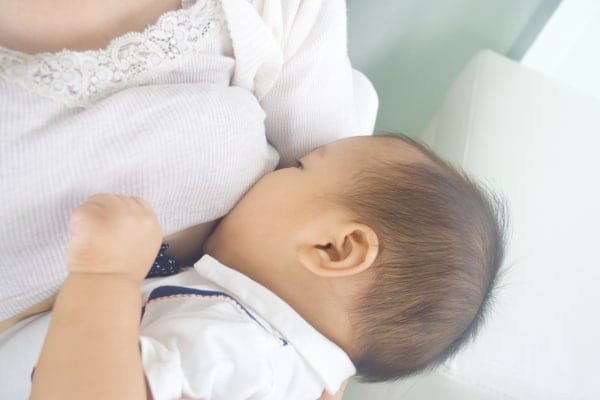
My Baby Prefers One Breast Over The Other The Breastfeeding Companion
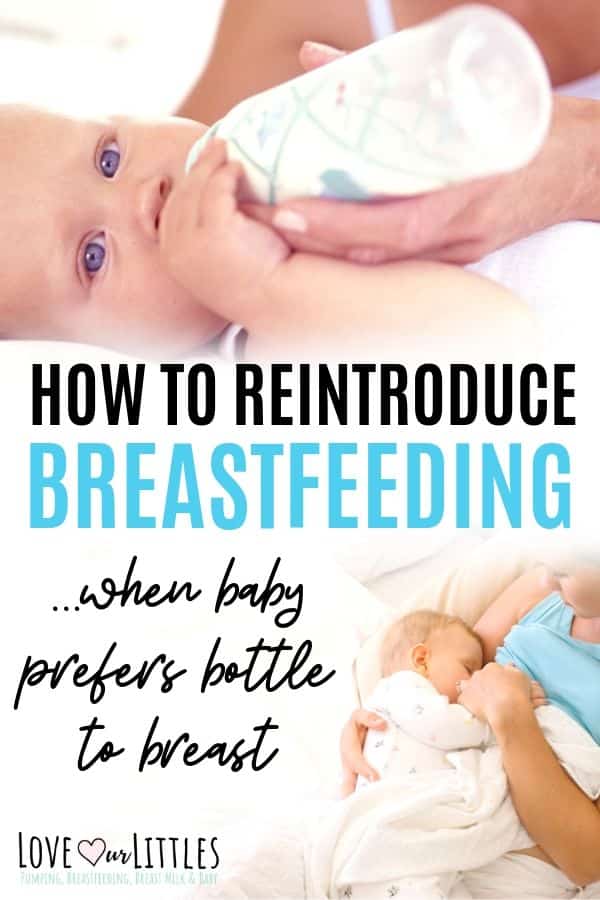
Baby Prefers Bottle to Breast: How to Reintroduce Breastfeeding

Feeding from one breast - BabyCentre UK

There is a reason your baby prefers one breast over the other | HerFamily.ie

Baby Prefers One Breast - Newborn Nurses | Cindy and Jana - Newborn Nurses | Cindy and Jana

There is a reason your baby prefers one breast over the other | HerFamily.ie

7 reasons why your baby might be refusing your breast | All4Women

6 Reasons For Breastfeeding From One Breast Only
/mother-breastfeeding-son-while-sitting-by-window-at-home-961504414-5c2789a146e0fb000160edff.jpg)
Breastfeeding and Uneven Breasts
Baby Prefers One Breast - Newborn Nurses | Cindy and Jana - Newborn Nurses | Cindy and Jana

Why are breasts uneven? How to balance out your breasts.

Nursing From One Side Only: Is It Safe, Reasons & More

Breast preference: Nursing on one breast only | BabyCenter
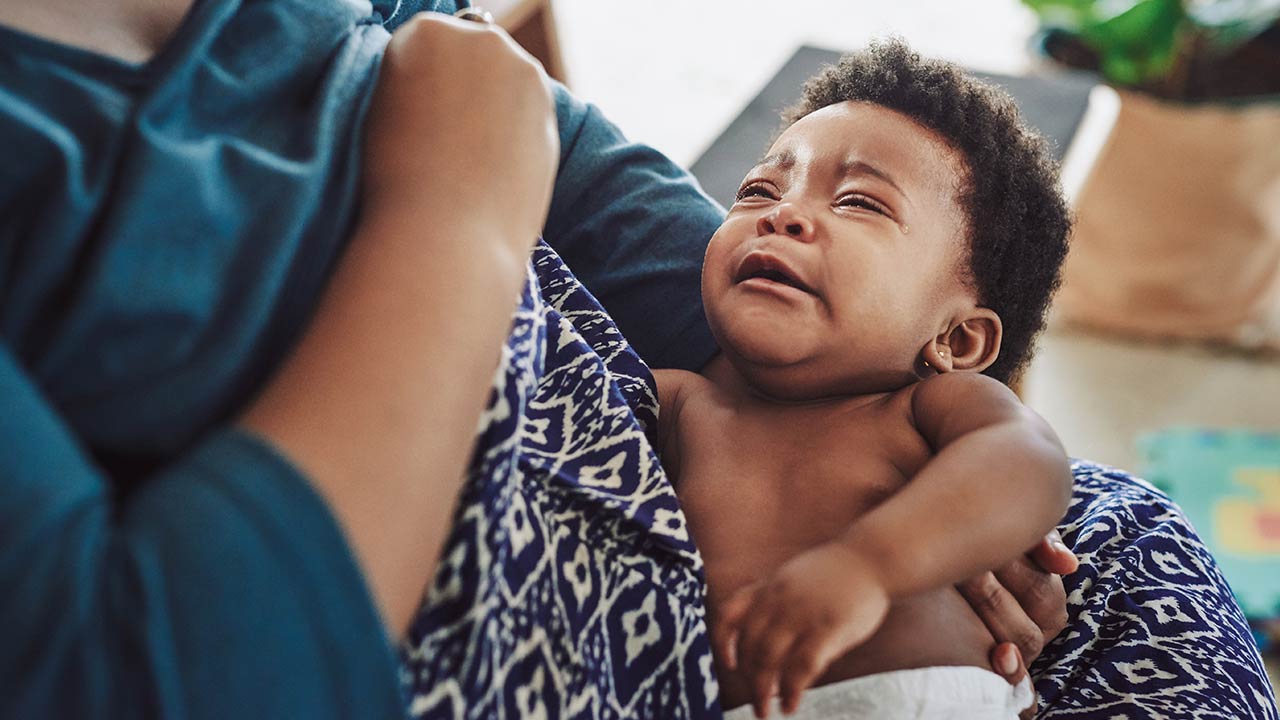
Breast refusal and baby biting breast | Raising Children Network
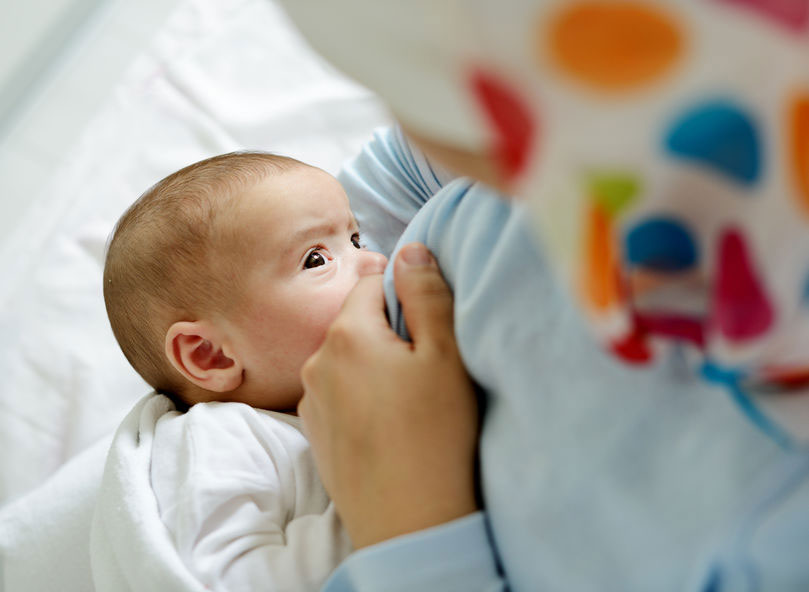
One Breast Or Two Per Feed? - Breastfeeding Support

Why is my baby refusing to latch? | baby gooroo

This mom has REALLY lopsided breasts—and we've totally been there

Feel like your baby has a favourite boob? They DO… and this is why
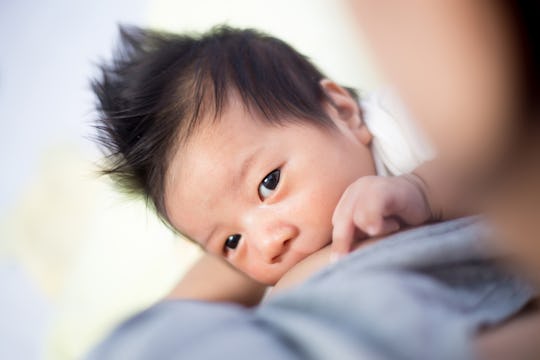
The Reason Your Baby Has A Favorite Boob When Breastfeeding Is Surprisingly Simple
Nursing Strikes: Why Baby May Be Refusing to Breastfeed

Baby is Refusing My One Breast
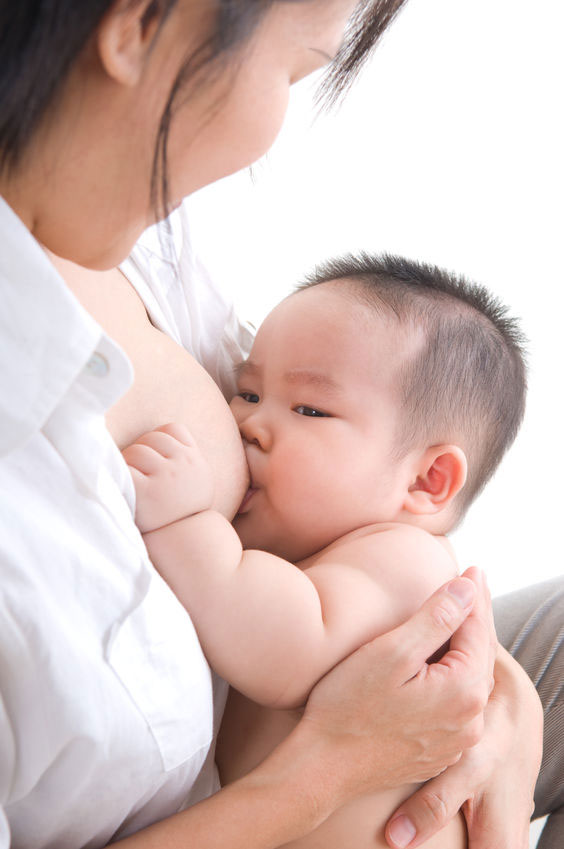
One Breast Or Two Per Feed? - Breastfeeding Support
/young-mother-breastfeeds-her-baby--holding-him-in-her-arms-and-smiling-from-happiness-843585944-5be1c34f46e0fb002634d9f7.jpg)
Breastfeeding on One Side Each at Feeding
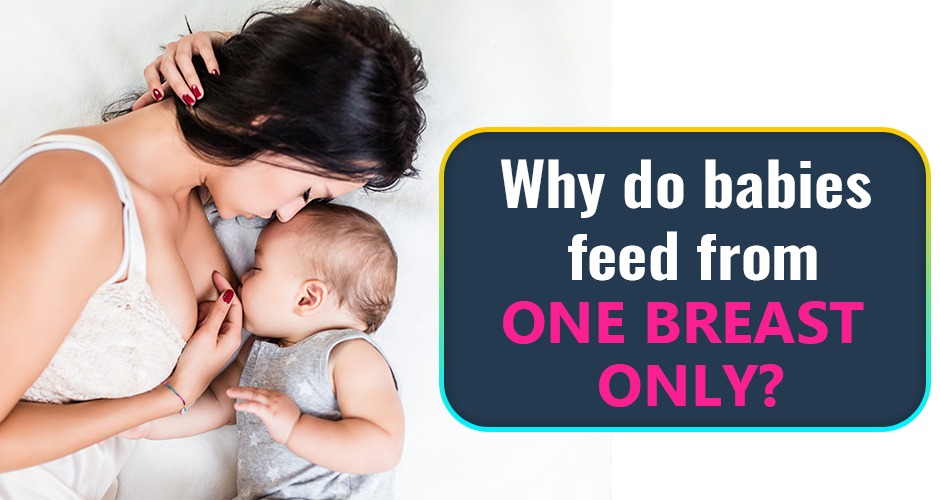
5 Reason of Breastfeeding From One Breast Only and Solution

Breastfeeding From One Breast Only - Advantages And Disadvantages - Being The Parent

6 Signs Your Child May Have Torticollis: Little Wonders Pediatric Therapy: Occupational Therapists
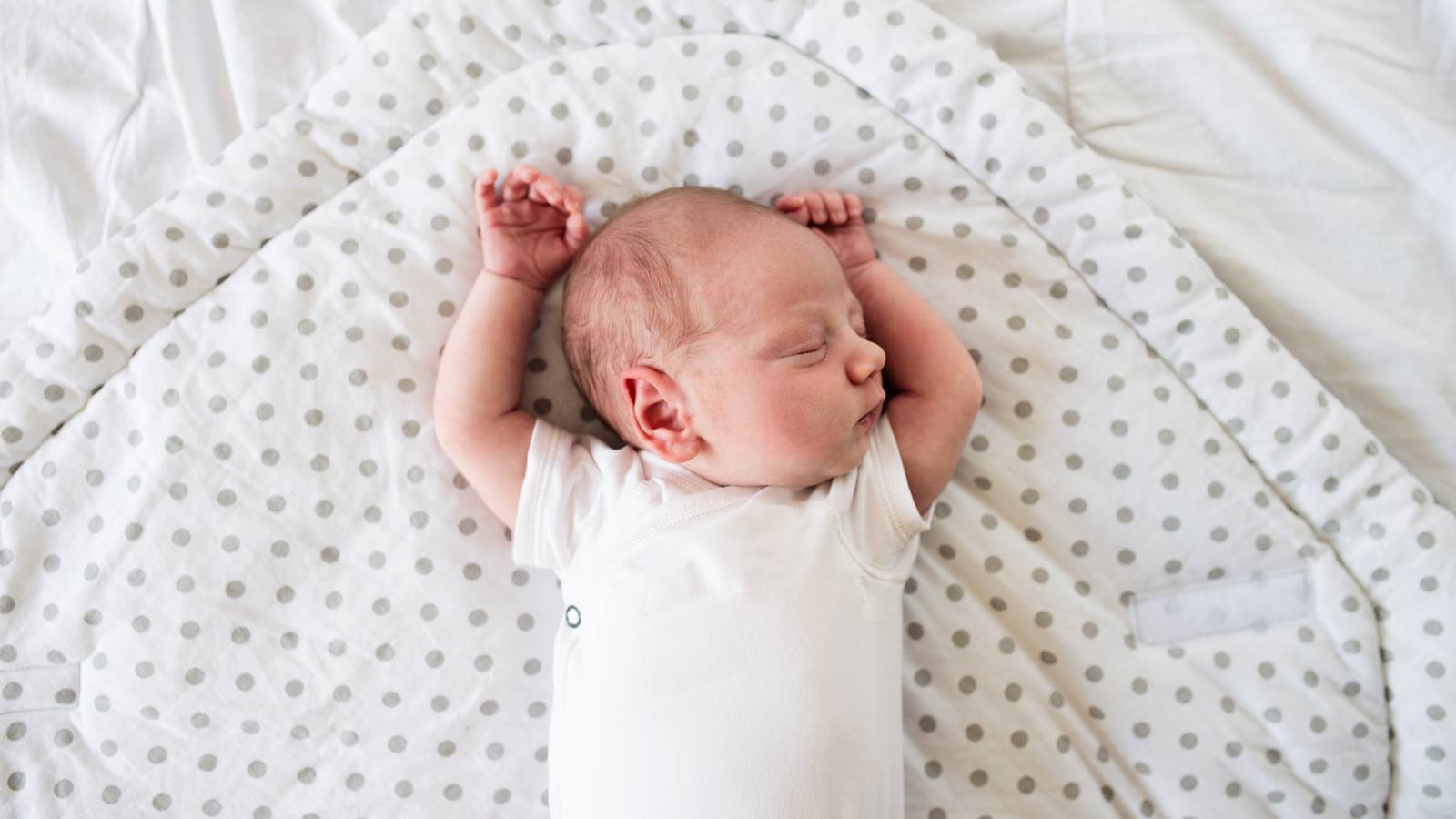
Infant Torticollis: What Parents Should Know About Signs & Treatment
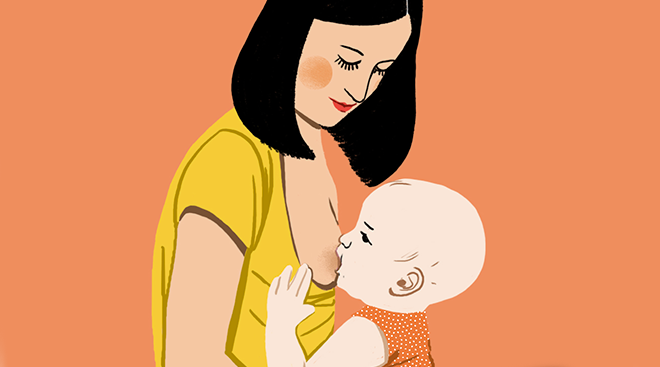
Best Breastfeeding Positions

Pin on Birth and Breastfeeding

Baby Cries during Breastfeeding : Effective Ways to Deal with It
What to Do When Your Baby Prefers Mom Over Dad
Posting Komentar untuk "baby prefers one breast"